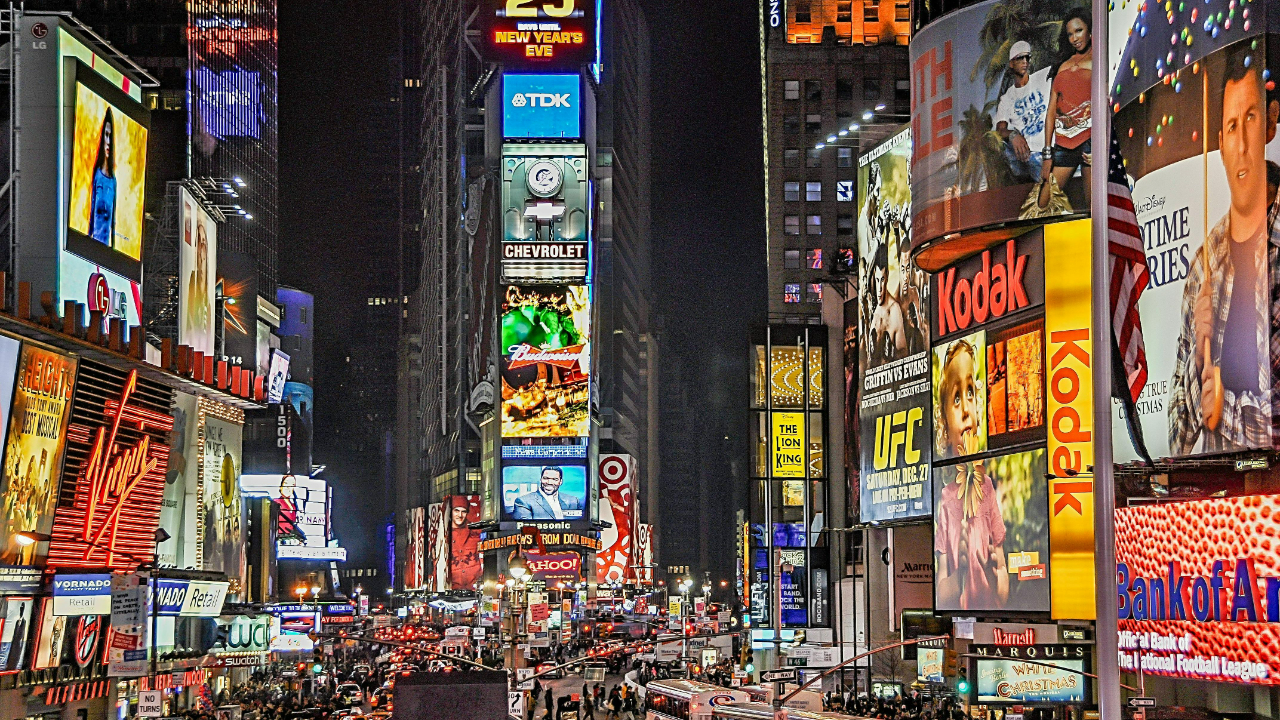Within the Brand Constellations Framework, the Promotion Star shines a light on the importance of communication strategies in brand promotion. Digital marketing, social media, and traditional advertising are all important for effective promotional strategies that build brand awareness and engagement. This blog explores how these strategies work together to enhance brand visibility and customer interaction, with examples from stellar companies leading the way.
Digital Marketing
Search Engine Optimization (SEO)
Strategy: SEO improves website content to boost visibility in search engine results, making it easier for potential customers to discover the brand online.
Impact: High SEO rankings increase organic traffic, enhancing brand visibility without the ongoing costs associated with paid advertising.
Example: HubSpot excels in SEO by creating valuable content that ranks highly on search engines, driving significant organic traffic to their website and establishing their authority in inbound marketing.
Pay-Per-Click (PPC) Advertising
Strategy: PPC ads appear on search engine results pages or social media platforms, with the advertiser paying each time the ad is clicked.
Impact: PPC can quickly drive targeted traffic to a website, boosting brand visibility and conversions.
Example: Google Ads is a prominent example, enabling businesses of all sizes to target specific keywords and demographics, effectively reaching potential customers.
Content Marketing
Strategy: Content marketing involves creating and distributing valuable, relevant content to attract and engage a target audience.
Impact: High-quality content builds trust and authority, encouraging customer loyalty and engagement.
Example: Red Bull’s content marketing strategy includes extreme sports videos and articles that align with their brand identity, fostering a strong connection with their audience.
Social Media Marketing
Influencer Marketing
Strategy: Brands collaborate with influencers who have a significant following to promote their products or services.
Impact: Influencer marketing can increase brand credibility and reach new audiences through trusted voices.
Example: Fashion brand Revolve partners with influencers to showcase their clothing, leveraging the influencers’ followers to boost brand awareness and sales.
Social Media Advertising
Strategy: Social media platforms offer targeted advertising options to reach specific demographics with tailored messages.
Impact: Social media ads can enhance engagement and drive traffic to the brand’s website or online store.
Example: Facebook and Instagram ads allow brands like Nike to target users based on interests, behaviors, and demographics, creating highly personalized ad experiences.
Community Engagement
Strategy: Engaging with customers through comments, direct messages, and social media posts to build a loyal community.
Impact: Active engagement fosters a sense of community and loyalty, encouraging repeat business and word-of-mouth referrals.
Example: Wendy’s is known for its witty and responsive social media presence, engaging directly with customers and creating viral moments that enhance brand visibility.
Traditional Advertising
Television Advertising
Strategy: TV ads reach a broad audience, making them suitable for building brand awareness on a large scale.
Impact: Television remains a powerful medium for reaching diverse demographics, particularly for brands targeting older or more general audiences.
Example: Coca-Cola’s iconic holiday ads create emotional connections with viewers, reinforcing the brand’s identity and values.
Print Advertising
Strategy: Print advertisements in magazines, newspapers, and billboards can successfully reach specific demographics and locations.
Impact: Print ads offer a tangible means of reaching audiences and can enhance digital strategies by reinforcing brand messages.
Example: Luxury brands like Chanel use print ads in high-end fashion magazines to maintain their image and reach affluent customers.
Event Sponsorships
Strategy: Sponsoring events allows brands to reach attendees in a context that aligns with their interests and values.
Impact: Event sponsorships enhance brand visibility and create positive associations through shared experiences.
Example: PepsiCo sponsors major sporting events like the Super Bowl, leveraging the massive viewership to boost brand awareness and engagement.
Integrating Promotional Strategies
Effective brand promotion involves integrating digital, social media, and traditional advertising strategies to create a cohesive approach. Each channel has its strengths, and by leveraging them together, brands can maximize their reach and engagement.
Apple’s Stellar Promotion Strategy
Apple effectively integrates its promotional strategies across multiple channels. Their product launches are live-streamed (digital), heavily covered on social media, and supported by traditional TV and print ads. This multi-faceted approach ensures maximum visibility and engagement, reinforcing Apple’s position as a leading tech brand.
Focus on the Promotion Star
Within the Brand Constellations Framework, the Promotion Star underscores the value of a holistic promotional approach for enhancing brand recognition and interaction. Brands can create powerful communication strategies that connect with their target audiences by effectively using digital marketing, social media, and traditional advertising. Companies such as HubSpot, Red Bull, Nike, Wendy’s, Coca-Cola, and Apple demonstrate the impact of integrated marketing strategies on achieving enduring success.








